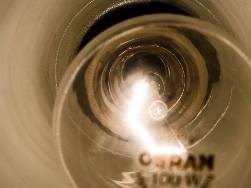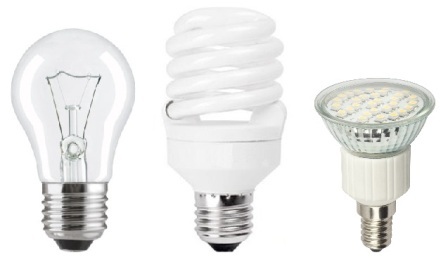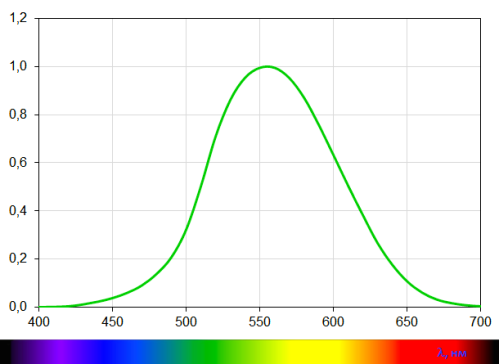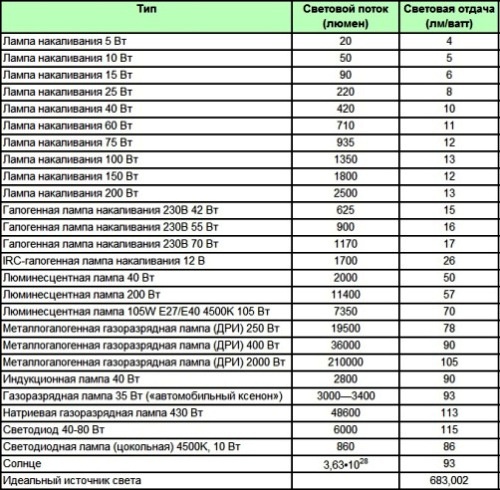Categories: Featured Articles » Sources of light
Number of views: 18055
Comments on the article: 1
What is light return
 Speaking of energy-efficient light sources such as compact fluorescent tubes or LEDs, we, first of all, note their high profitability. The main indicator of this same efficiency is by no means low power consumption; the main characteristic of the efficiency of a light source is its direct light output.
Speaking of energy-efficient light sources such as compact fluorescent tubes or LEDs, we, first of all, note their high profitability. The main indicator of this same efficiency is by no means low power consumption; the main characteristic of the efficiency of a light source is its direct light output.
It is the light output that shows how many lumens of visible light a particular lamp gives, a particular light source, consuming a unit of electric power, and is measured, respectively, in Lm / W, that is, in lumens per watt. It is understood that for each watt of the electric power consumed by the light source, a strictly defined number of lumens of the visible light flux emitted by it is necessary.
The value of light output is strongly associated with the manufacturing technology of a particular light source. Obviously, incandescent lamps, which give up their positions as the main sources of light, are much inferior to modern light sources, which have significantly higher light output.
This is precisely because high light output directly contributes to energy saving, and this is the reason for the progress in the development of more and more perfect light sources such as light output, such as LED lamp.

Since the human eye is able to perceive only a certain, limited spectrum of radiation as visible, and different parts of the spectrum are not perceived by the eye the most “visible”, therefore, is light with a wavelength of 555 nm, corresponding to the yellow-green part of the visible spectrum. Violet and red are less “visible."
For this reason, the maximum luminous efficiency can be theoretically achieved precisely for light with a wavelength of 555 nm, and with ideal conversion of electric energy into monochromatic light with a wavelength of 555 nm, a maximum luminous efficiency of 683.002 Lm / W can be obtained.

For the same reason, incandescent lamps have very low light output, since their spectrum is noticeably shifted towards infrared waves. In connection with these facts, such a characteristic of light sources as the relative light return is introduced, which shows the percentage of the real value of the light return of the light source to the value of the theoretically possible maximum. For clarity, the table below shows the values of the luminous flux, luminous efficiency of some known light sources.
The sun, although it does not consume energy from the outside, has internal sources, and the power emitted by the sun can be correlated with the light flux, and so approximately find out the light output of the sun, which turns out to be 93 Lm / W.
At the moment, the leaders in light output are LEDs. Many manufacturers, such as Osram and Cree, are constantly improving their light sources in order to achieve ever higher light output. So, most recently Cree inc. it was possible to create an LED with a light output of 200 Lm / W with a luminous flux of 3200 Lm.
The trend is clear - progress in this area is inevitable due to the introduction of innovations, which leads, in fact, to a new era of energy efficiency by increasing the light output of LEDs.
See also at bgv.electricianexp.com
:

